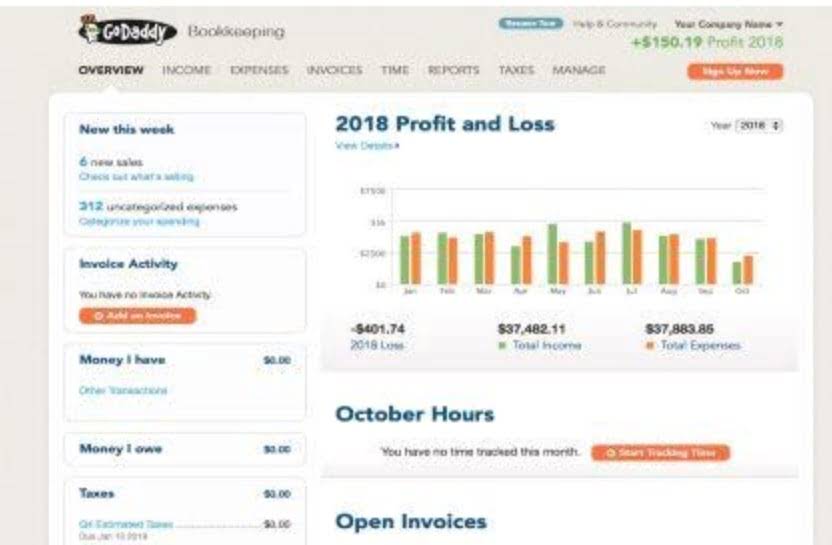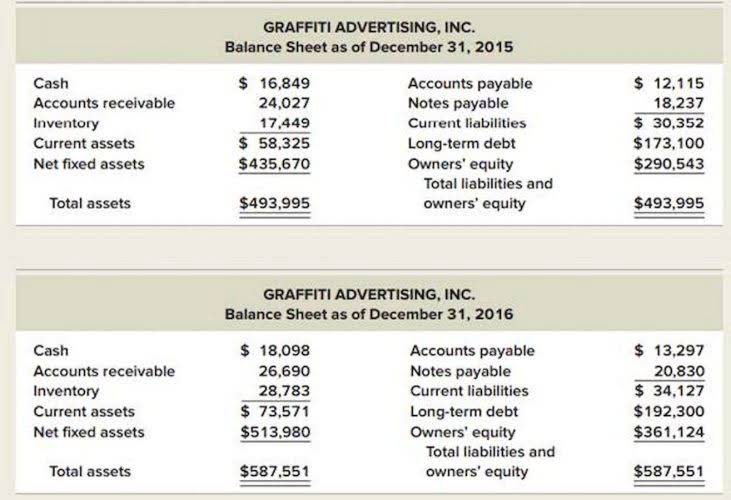
It’s just a sign that the short-term liquidity of the business isn’t that good. For example, a positive WC might not really mean much if the company can’t convert its inventory or receivables to cash in a short period of time. Technically, it might have more current assets than current liabilities, but it can’t pay its creditors off in inventory, so it doesn’t matter. Conversely, a negative WC might not mean the company is in poor shape if it has access to large amounts of financing to meet short-term obligations such as a line of credit.
Start-ups and fast-growing companies have unique working capital demands

In most businesses working capital amounts to inventory plus accounts receivable less accounts payable. This represents the funding needed to buy inventory and provide credit to customers, reduced by the amount of credit obtained from suppliers. To calculate change in working capital, you first subtract the company’s current liabilities from the company’s current assets to get current working capital. You then take last year’s working capital number and subtract it from this year’s working capital to get change in working capital.

How to calculate change in net working capital:
Please read our article on using invoice factoring to improve working capital by raising cash quickly with Bankers Factoring. Imagine managing an enterprise equipped with the capability to seize market prospects while swiftly navigating fiscal hurdles. It mirrors a firm’s ability to manage its short-term economic vitality, affirming that routine expenses can be met without debt. Shaun Conrad is a Certified Public Accountant and CPA exam expert with a passion for teaching. After almost a https://www.bookstime.com/ decade of experience in public accounting, he created MyAccountingCourse.com to help people learn accounting & finance, pass the CPA exam, and start their career.
Understanding Working Capital

In order to better understand the ways in which NWC, changes in NWC, and the NWC ratio are used, let us consider the example of fictional business Company X and its efforts to monitor and manage its liquidity. Chartered accountant Michael Brown is the founder and CEO of Double Entry Bookkeeping. He has worked as an accountant and consultant for more than 25 years and has built financial models for all types of industries. He has been the CFO or controller of both small and medium sized companies and has run small businesses of his own. He has been a manager and an auditor with Deloitte, a big 4 accountancy firm, and holds a degree from Loughborough University. Still, it’s important to look at the types of assets and liabilities and the company’s industry and business stage to get a more complete picture of its finances.
How to Find Change in NWC on Cash Flow Statement (CFS)
- For example, consider a manufacturing company facing challenges in collecting receivables from customers, leading to a significant increase in A/R.
- The essence of the concept is that if a company has a positive working capital, it means they have funds in surplus.
- So, let’s perform these four simple steps one by one with me for calculating changes in the NWC of Walmart Inc.
- A negative net working capital, on the other hand, shows creditors and investors that the operations of the business aren’t producing enough to support the business’ current debts.
- To reiterate, a positive NWC value is perceived favorably, whereas a negative NWC presents a potential risk of near-term insolvency.
The inverse of having a negative working capital indicates that the company owes more than it has in its cash flow. The net working capital (NWC) formula subtracts operating current assets by operating current liabilities. As a general rule, change in net working capital formula the more current assets a company has on its balance sheet relative to its current liabilities, the lower its liquidity risk (and the better off it’ll be).

A business has negative working capital when it currently has more liabilities than assets. This can be a temporary situation, such as when a company makes a large payment to a vendor. However, if working capital stays negative for an extended period, it can indicate that the company is struggling to make ends meet and may need to borrow money or take out a working capital loan. Change in Working capital cash flow means an actual change in value year over year, i.e., the change in current assets minus the change in current liabilities. With the change in value, we will understand why the working capital has increased or decreased.

Lenders will often look at changes in working capital when assessing a company’s management style and operational efficiency. It’s similar to a report card for a business’s financial condition, conveying its ability to manage liquidity and meet obligations. Banks, investors, and suppliers often scrutinize a company’s net working capital as part of their risk assessment before providing loans, extending credit, or forming partnerships. A healthy net working capital position suggests that a company is well-prepared to navigate economic challenges and withstand financial shocks. On the other hand, examples of operating current liabilities include obligations due within one year, such as accounts payable (A/P) and accrued expenses (e.g. accrued wages).
How Do You Calculate Working Capital?
Generally, companies like Walmart, which have to maintain a large inventory, have negative working capital. Change in net working capital refers to the differences in the liquidity of the company. As in, it is a measure of if the company will be able to pay off its current liabilities with the assets in hand. Aside from gauging a company’s liquidity, the NWC metric can also provide insights into the efficiency at which operations are managed, such as ensuring short-term liabilities are kept to a reasonable level. Accelerating accounts receivable, tightening accounts payable, and reducing operating costs can enhance a company’s working capital. Overlooking short-term liabilities often leads to a sudden reduction in working capital, exposing companies to liquidity crises.
- If it’s zero, your business can meet its current obligations but may need more investment capacity.
- However, the net amount is calculated by deducting the current liabilities form the assets, which gives a clear idea about the funds available.
- Accordingly this cash flow is shown as part of the cash flow statement under the heading operating cash flow.
- And then, we need to find the difference between the current assets and the current liabilities as per the net working capital equation.
Accounts Payable Payment Period
Accounts payable, which represent debts owed for purchases made on credit, and accrued expenses—costs incurred for services or goods received but not yet paid—are https://x.com/BooksTimeInc typical examples of current liabilities. Also included in this category are tax-related debts arising from unpaid taxes that affect the firm’s liquidity. The financial model for forecasting net working capital is commonly driven by a range of processes within your company’s financial workflows related to current assets and current liabilities. Since Paula’s current assets exceed her current liabilities her WC is positive.
